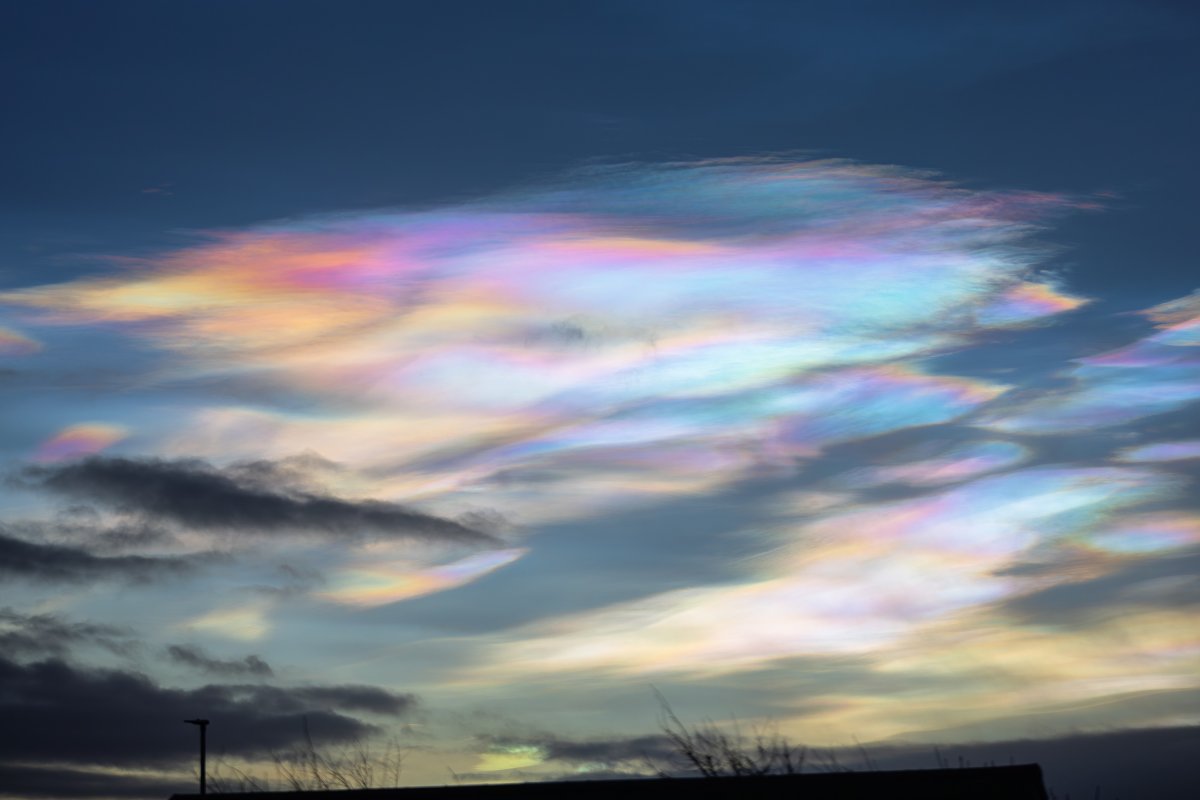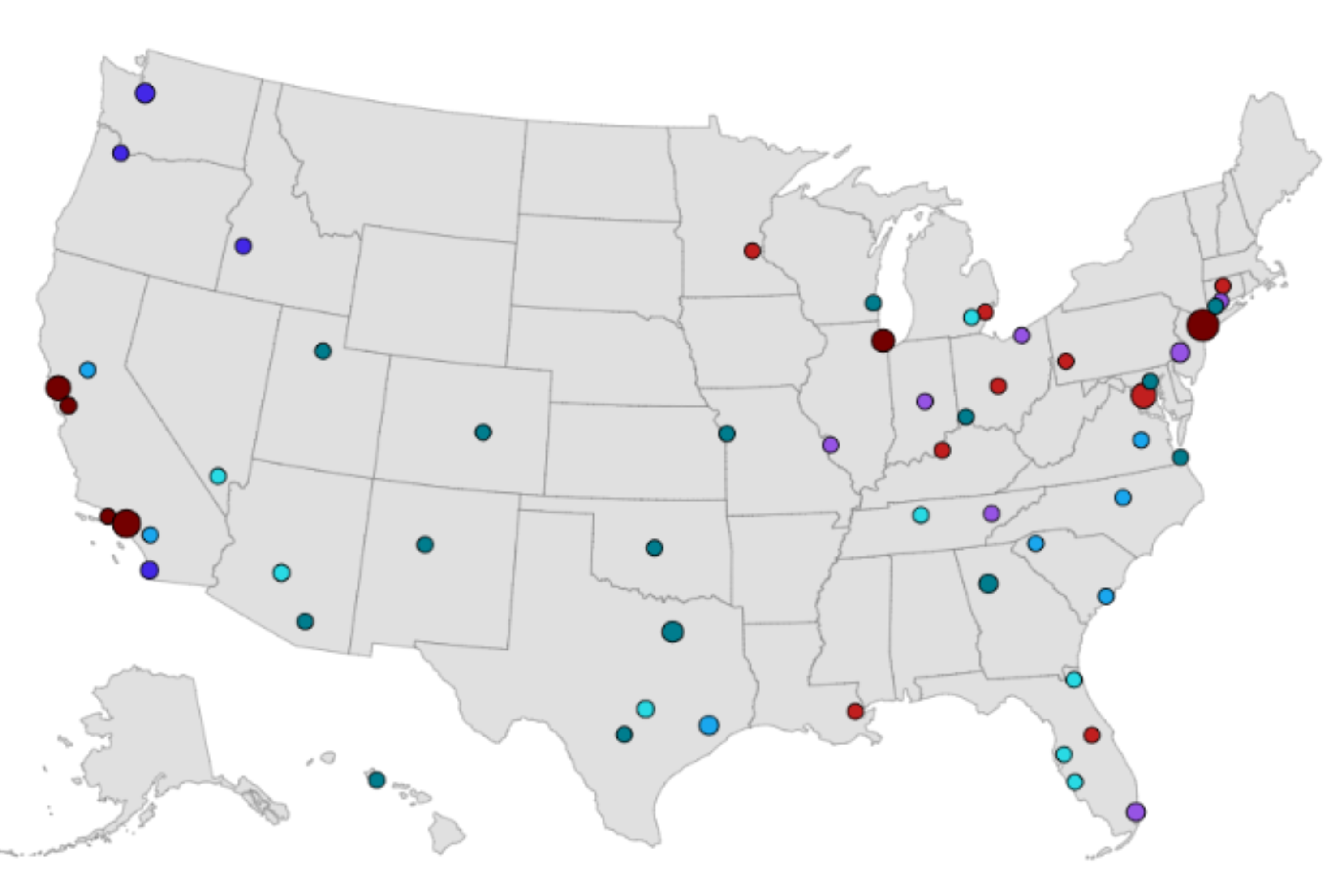A spectacular movement of rainbow-colored clouds has been spotted in the skies above Scotland.
The rare view was captured near Nairn Beach on Christmas Eve, shortly after sunrise around 9 a.m. local time, by Joshua Earle, a 29-year-old photographer.
Earle, who is based in Nairn, a coastal town in the U.K.'s Scottish Highlands region, shared a video of the sighting in a viral clip from his Instagram account, @explorewithjoshua.
He told Newsweek: "It was incredible on that morning. The horizon was full of these clouds and was more vibrant than before. Literally shimmering rainbows in the clouds.
"This was the first time I've seen these clouds but, funnily enough, they have appeared three or four times in the week leading up to the 24th," the photographer noted.
Rainbow clouds have been spotted across the U.K. in the past week, including in the English counties of Yorkshire, Oxfordshire and Berkshire, as well as in parts of Northern Ireland, such as the city of Newry and the port town of Warrenpoint.

What Is a Rainbow Cloud?
Known as polar stratospheric clouds, rainbow clouds exist at very high altitude (around 70,000 ft) within the Earth's stratosphere. Clouds do not normally form in the stratosphere due to its extreme dryness. However, during the winter at high latitudes, the stratospheric temperature can get low enough to promote the formation of clouds, explains a Jet Propulsion Laboratory (JPL) website from NASA.
Rainbow clouds occur because of something known as cloud iridescence, explains SciJinks, a website of the U.S. National Oceanic and Atmospheric Administration (NOAA).
"Iridescent clouds happen because of diffraction—a phenomenon that occurs when small water droplets or small ice crystals scatter the sun's light," the NOAA website says.
Rainbow clouds have a colorful appearance because they contain "similar sized, small particles, each of which defracts sunlight in a similar manner," the JPL website notes. These clouds often remain fully illuminated for around 20 minutes after sunset due to their high altitude, "resulting in a spectacular appearance of the twilight sky," the website adds.
Cloud iridescence is "relatively rare," according to the NOAA website. "The cloud must be thin and have lots of water droplets or ice crystals of about the same size. When that happens, the sun's rays encounter just a few droplets at a time. For this reason, semi-transparent clouds or clouds that are just forming are the ones most likely to have iridescence," the website explains.
In a caption shared with his Instagram video of the latest sighting, photographer Earle wrote: "I still can't wrap my head around what I'm seeing! Nature is simply amazing...it's worth keeping an eye out at sunrise and sunset this weekend if you're in the UK. You might just spot a rainbow cloud!"
Do you have a travel-related video or story to share? Let us know via life@newsweek.com and your story could be featured on Newsweek.
Uncommon Knowledge
Newsweek is committed to challenging conventional wisdom and finding connections in the search for common ground.
Newsweek is committed to challenging conventional wisdom and finding connections in the search for common ground.
About the writer
Soo Kim is a Newsweek reporter based in London, U.K. She covers various lifestyle stories, specializing in travel and health.
Soo ... Read more
To read how Newsweek uses AI as a newsroom tool, Click here.








